Dong Son culture has an important position in the historical and cultural process of the nation, is the foundation for the formation of ancient Vietnamese cultural identity, Dai Viet civilization and continues to shine through the historical periods of the nation. On the land of Vinh Phuc , archaeologists have discovered and excavated many relics of Dong Son culture, proving the brilliant development period of ancient Vietnamese civilization in the Red River basin.
Dong Son culture dates back about 2,500 to 2,000 years ago. Dong Son culture was the basis for the formation of the Van Lang - Au Lac State - the first State of the Hung Kings' era.
Many artifacts from the Dong Son culture period are on display at the provincial museum. Photo: Kim Ly
Vinh Phuc is a land with a special position in the long history of building and defending the country of the nation. In this land, archaeologists have discovered and excavated many relics dating from the pre-Dong Son period to Dong Son.
The vestiges of Dong Son culture in Vinh Phuc are cultural layers, sometimes overlapping the pre-Dong Son cultural layers, sometimes being an independent Dong Son cultural layer. Vinh Phuc has 12 Dong Son cultural relics, typically Dong Ba Bac, Go Tram Dai, Quang Minh, Dao Tru, etc.
During its formation, existence and development, Dong Son culture has left behind a huge treasure trove of artifacts. Dong Son cultural artifacts include many different materials such as stone, bronze, iron, ceramic, glass, wood, bone...
The pinnacle of Dong Son culture was the art of bronze casting. During this period, the Vietnamese had completely mastered the raw materials and technology of bronze production. Metallurgy and bronze casting techniques had reached a level of perfection.
Cast bronze objects are present in the entire material and spiritual life of the Dong Son people. Bronze drums are the most typical relics of Dong Son culture.
During its formation and use, drums have many different functions, as a musical instrument used in festivals and ceremonies such as praying for rain, praying for crops, weddings, funerals, etc.
The sound of the drum is very loud and rumbles like thunder. Therefore, Dong Son residents often use drums in rain-praying festivals with the hope that showers will help plants grow well and crops to be bountiful.
In addition, bronze drums are also used as signals and symbols of power. When fighting, the sound of bronze drums urges soldiers to rush forward and destroy the enemy, causing the enemy to be terrified.
Vinh Phuc has two Dong Son bronze drums, the Minh Quang drum and the Dao Tru drum. The Minh Quang drum was discovered in 1999, the drum consists of three balanced parts: the body, the base and the body.
Overall, the drum is relatively low, belonging to the dwarf type. On the edge of the drum face are 4 toad statues that are now broken, only footprints remain, between the drum body and the body are 2 pairs of straps. The decorative patterns are simple, rough and large, mainly concentric double circle patterns, sawtooth patterns and parallel diagonal patterns.
Dao Tru drum was discovered in early 2000 in Dao Tru commune (Tam Dao). The drum has a short shape with a bulging barrel and a truncated cone-shaped body. The drum has 2 pairs of straps and on the edge of the drum face are 4 toad statues standing counterclockwise.
The drum's face, body, body and legs are all decorated with patterns. In the middle of the drum's face is the image of the sun with 12 rays spreading out around it. Surrounding the sun are 11 decorative rings, a toad statue and a Lac bird flying counterclockwise.
Dong Son culture is a civilization of wet rice farming residents, therefore, Dong Son people have a whole set of specialized farming tools including axes, hoes, shovels, spades, plowshares, scythes, sickles... to help farming become more convenient, easier, and more productive.
Students of Tran Phu High School (Vinh Yen) visit the Dong Son culture exhibition space at the provincial museum. Photo: Kim Ly
Archaeologists also excavated many weapons such as spears, daggers, short swords, battle axes, javelins, arrows, and crossbow triggers. This shows that in Dong Son culture, wars and social conflicts arose.
In addition, there are many bronze jewelry such as necklaces, bracelets, anklets, earrings, rings, hairpins, belt buckles, etc.; musical instruments such as bronze bells, rattles, etc.
Towards the 100th anniversary of the discovery and research of Dong Son culture (1924 - 2024), to celebrate Vietnam Cultural Heritage Day (November 23), recently, the Provincial Museum in collaboration with the Vinh Phuc Antiquities Research and Collection Association organized the opening of the thematic exhibition "Dong Son culture and the quintessence of Vinh Phuc antiquities".
Deputy Director of the Provincial Museum Nguyen Quoc Minh said: “The exhibition introduces more than 600 rare artifacts of various types and materials, including artifacts of the Dong Son culture and antique collections from the time of King Hung to the 19th century.
The artifacts are vivid documents, displayed scientifically , aesthetically, and vividly, reflecting the formation and development of ancient Vietnamese civilization on Vinh Phuc land, the inheritance and spread of culture through the quintessence of antiques.
Thereby helping people of all walks of life in the province to have a deeper awareness of the history and precious cultural heritages of their homeland, which is considered the cradle of Vietnamese culture, contributing to educating traditions and fostering love for the homeland and country for the young generation.
Russia
Source: https://baovinhphuc.com.vn/Multimedia/Images/Id/121008/Dong-Son-Culture---coi-nguon-nen-van-minh-Viet-co


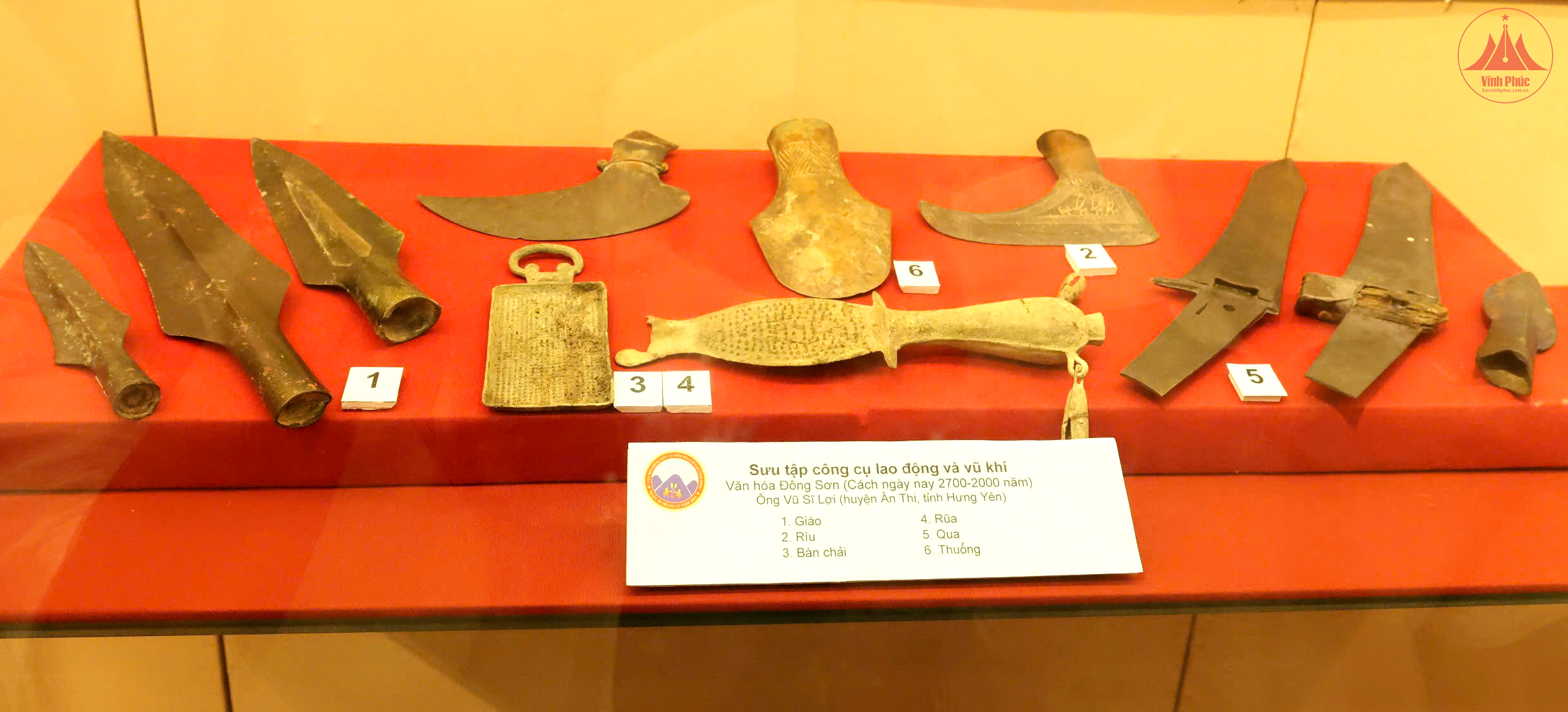
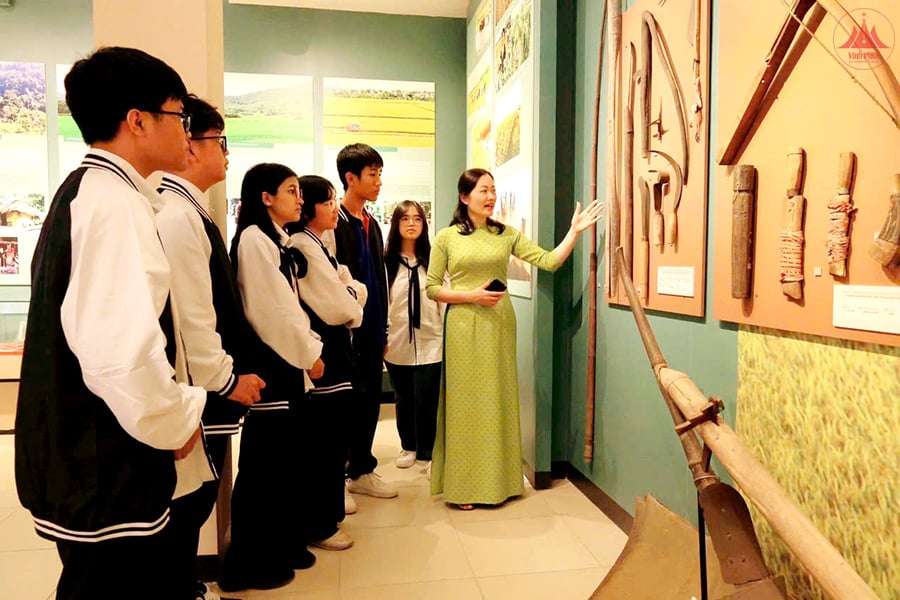
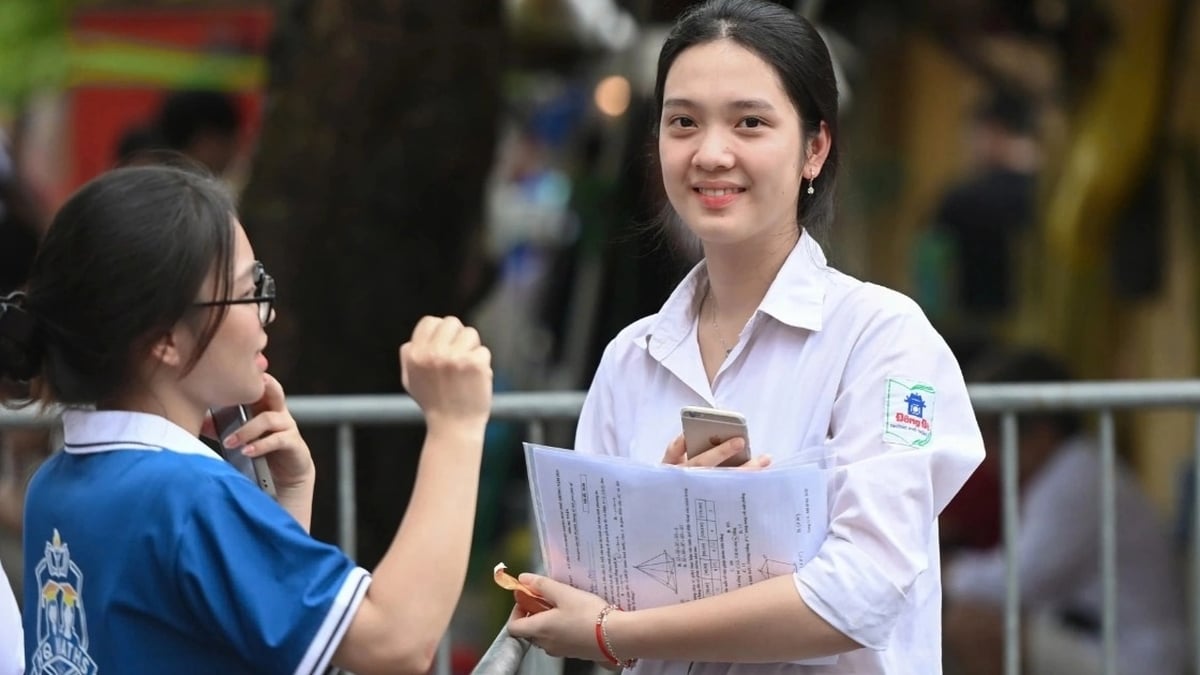
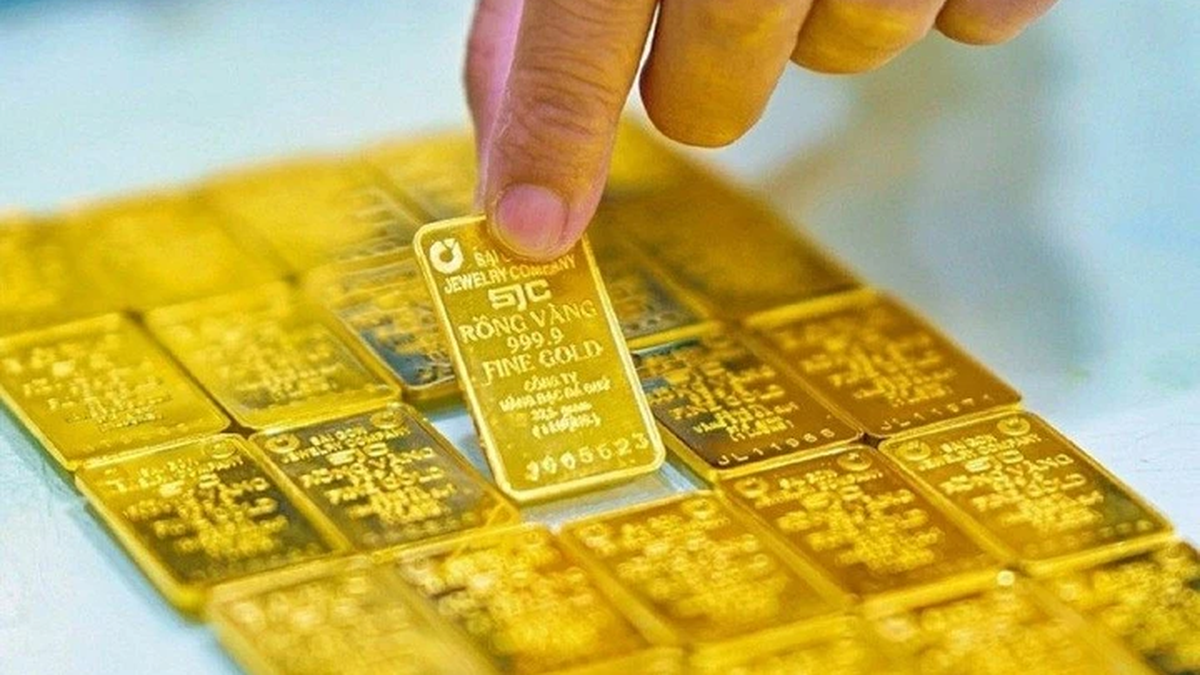


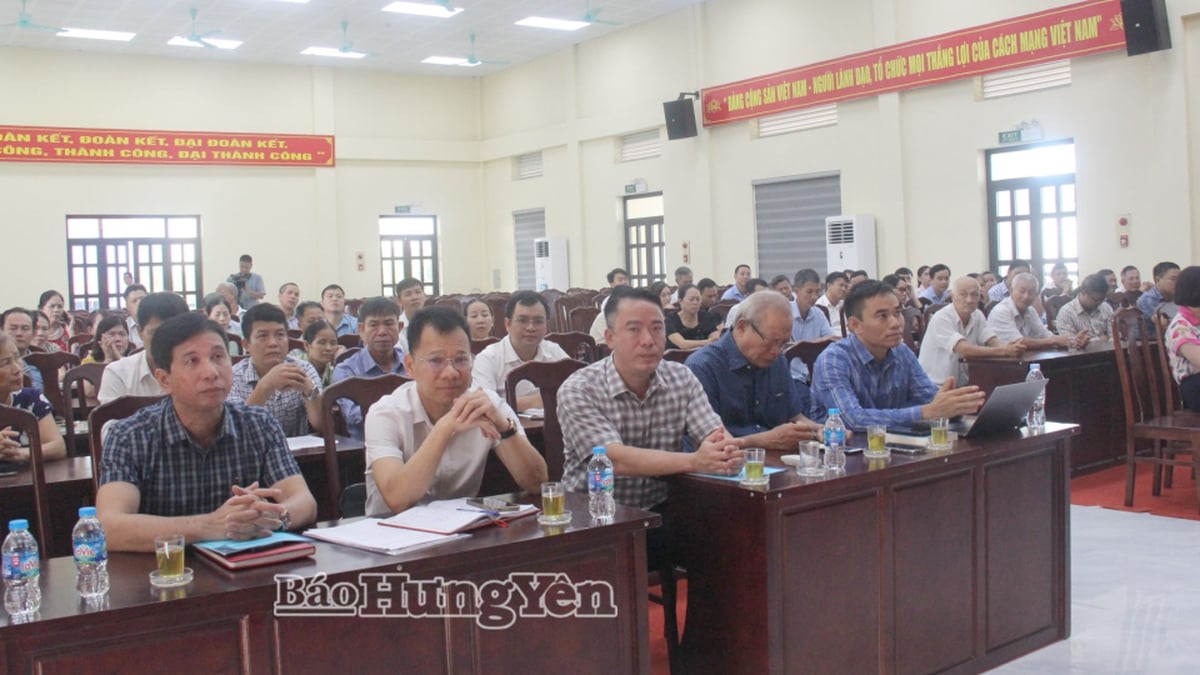
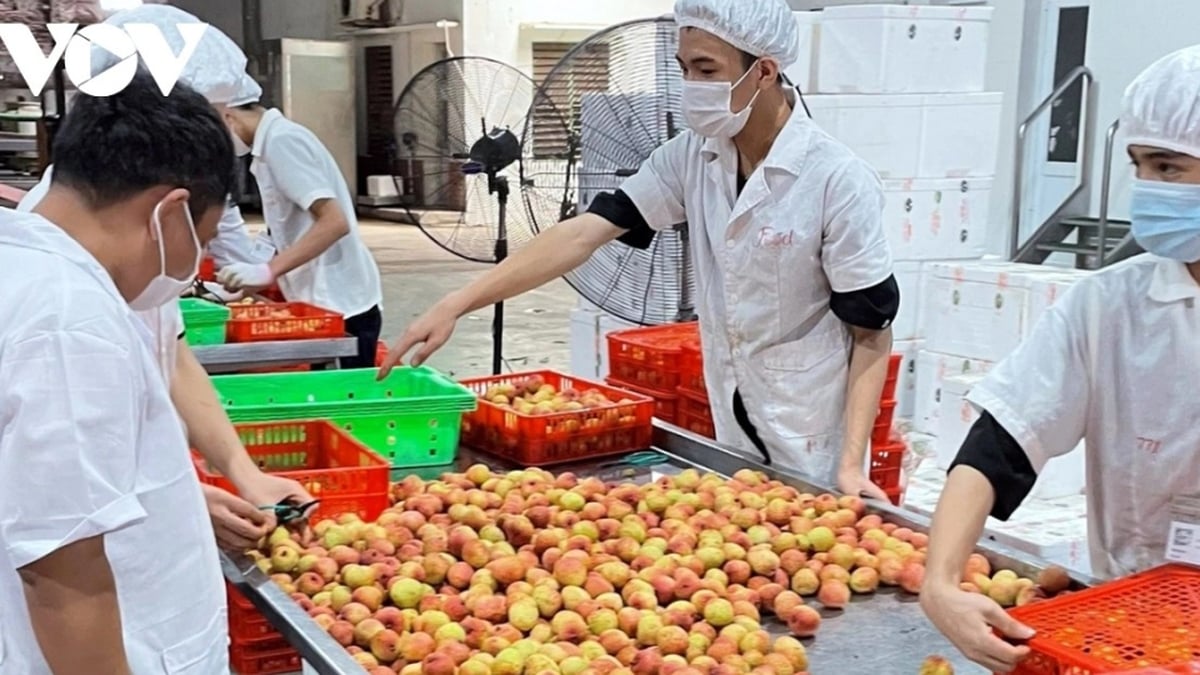

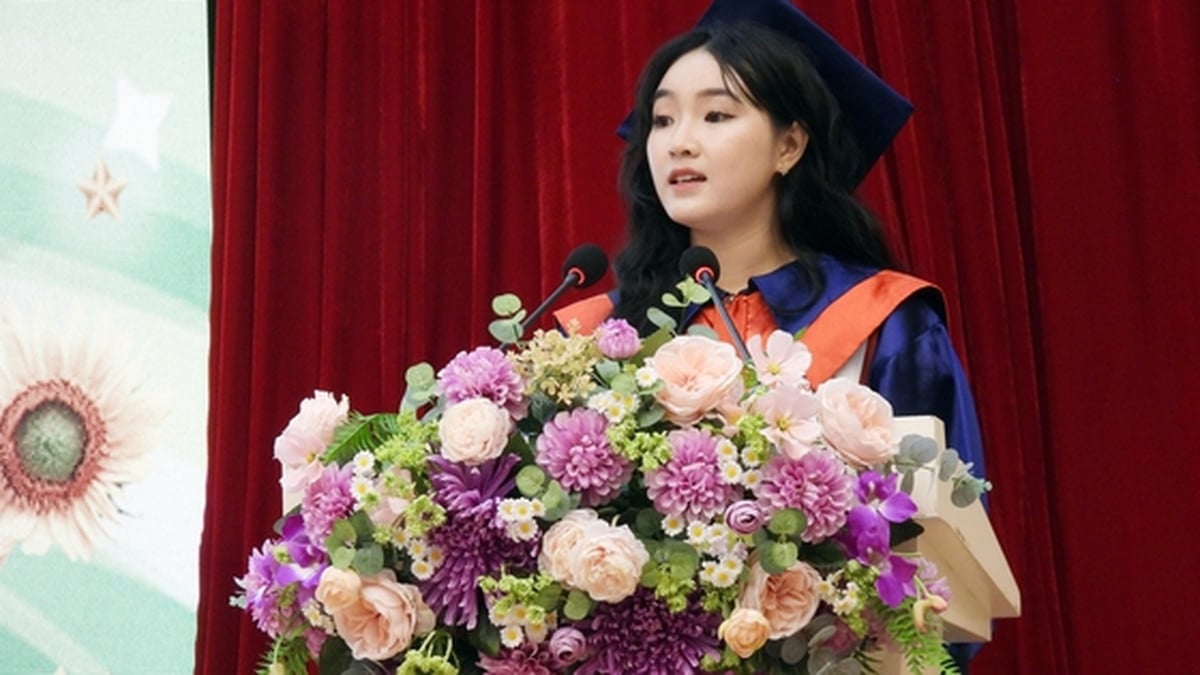

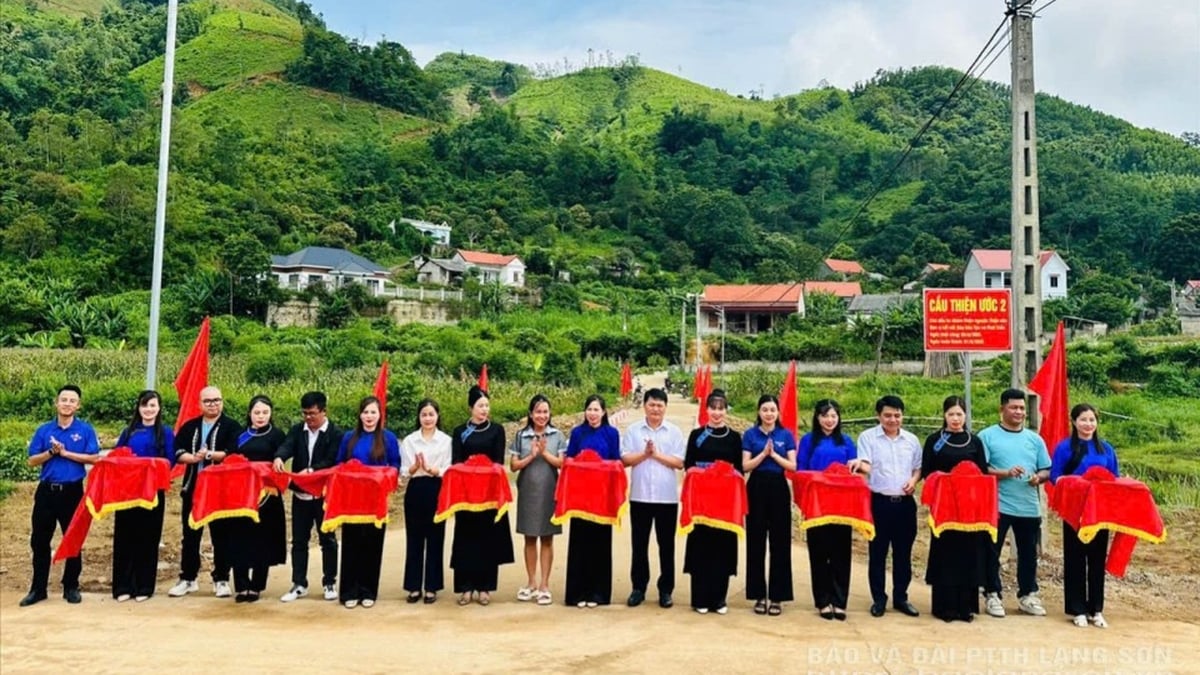





















































































Comment (0)